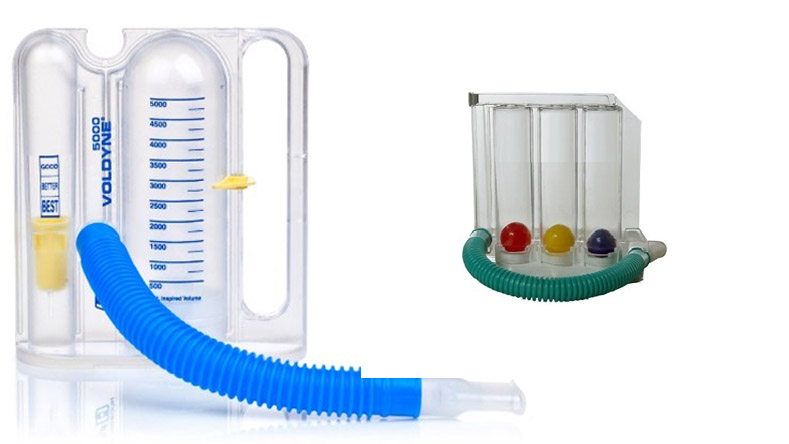
A spirometer, a device for “measuring the breath” is a routine pulmonary function test (PFT). It calculates the speed and amount of air that a person can inhale and exhale. This test is beneficial to measure lung function and help in the diagnosis of specific respiratory diseases.
In general terms, spirometry measures how well your lungs are functioning. You can take a spirometry test at your local doctor’s office or health clinic. It is this simple. It’s fast, easy, and takes not more than ten minutes on average.
Any person who is having any symptoms of lung diseases should go for a spirometry test. However, persons having long-term diseases, specifically chronic obstructive lung disease (COPD), should regularly take the test.
Moreover, people suffer from asthma and smokers should take test alongside former smokers who are above 40 years. Lastly, persons having sound health should also get a periodic spirometry test. This is because it is an ideal way to identify lung conditions early while they are at a treatable and manageable stage.
Moreover, the common features of spirometer make it really simple to use. It does not need any disinfection or calibration, which avert cross-contamination.
Based on the recommendations of a doctor, a person may need to wear soft nose clips to stop escaping air. The doctor may ask the person to stand during the test. If seated, the person should not lean forward as this may influence breathing. Then, the person has to take a deep breath, put the device in the mouth with the lips closed around the mouthpiece. After this, he has to exhale the hardest as possible.
The doctor could ask for repetition of this exercise to confirm the results. In most cases, doctors perform spirometry tests before and after giving an inhaled medicine known as a bronchodilator. The medicine helps in opening up the airways. This helps to identify whether a lung disease is manageable with specific medicines.
The spirometer is a device that has a significant role in chronic obstructive pulmonary disease (COPD). It helps from the moment your doctor identifies that you have COPD to its management and treatment. Spirometers aid in diagnosing and identify breathing problems such as cough, mucus production, or shortness of breath.
Spirometer helps in the detection of COPD at its initial stage, even before any common symptoms become observable. In addition to diagnose COPD, this device also assists in tracking the progression of the disease, help in staging, and even assist in identifying the most effective treatment.
With the help of a spirometry test, you can identify whether you are suffering from asthma or other diseases. Moreover, spirometers results can aid your healthcare provider to decide about the treatment. In addition to this, the spirometry test is capable of showing how good your treatment is going on.
If follow-up spirometry tests demonstrate that your asthma is under control, your treatment is working. It displays that your asthma is not under prescribed limits, your doctor may need to substitute medicine or give you more medicine.
There are various benefits of using spirometry. To start with, it measures your lungs' condition, hence ensuring that it is in a healthy state of functioning all through. Below are some of the benefits of spirometry.
Lung diseases can be really dangerous to deal with. However, spirometers are the ideal way to fight against various lung diseases. With this device, we can identify any lung conditions, so that you can breathe easily and live happily.
Any person who suffers from lung-related conditions, a spirometry test is a must-have. Spirometry test with the help of spirometers is easy to perform. A person expels to his full capacity, often frequently, so that the doctor can take measurable readings. Spirometers are capable of identifying various lung-related conditions and diseases. However, the most common conditions are COPD and asthma. In this article, I discussed several benefits of Spirometers.
The Global Spirometer market size is expected to rise at a market growth of 10.2% CAGR during the forecast period.